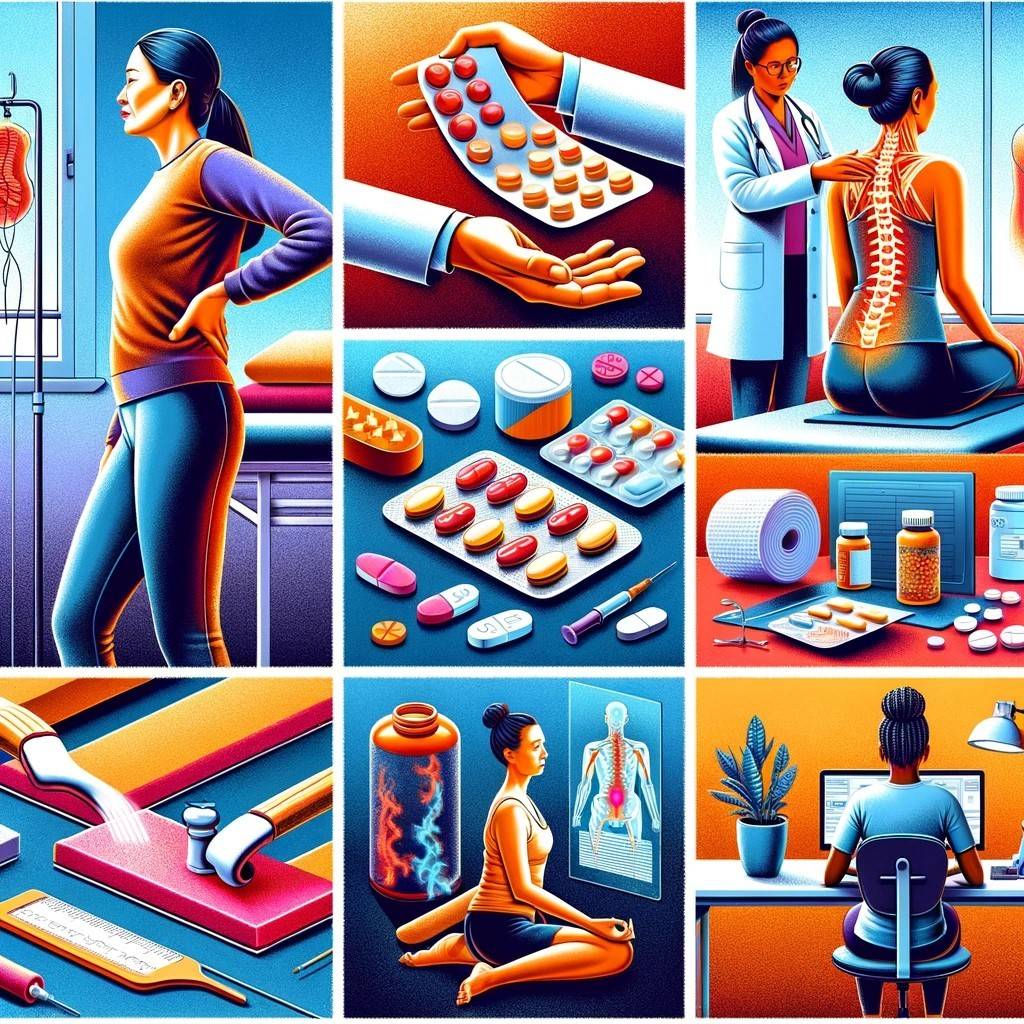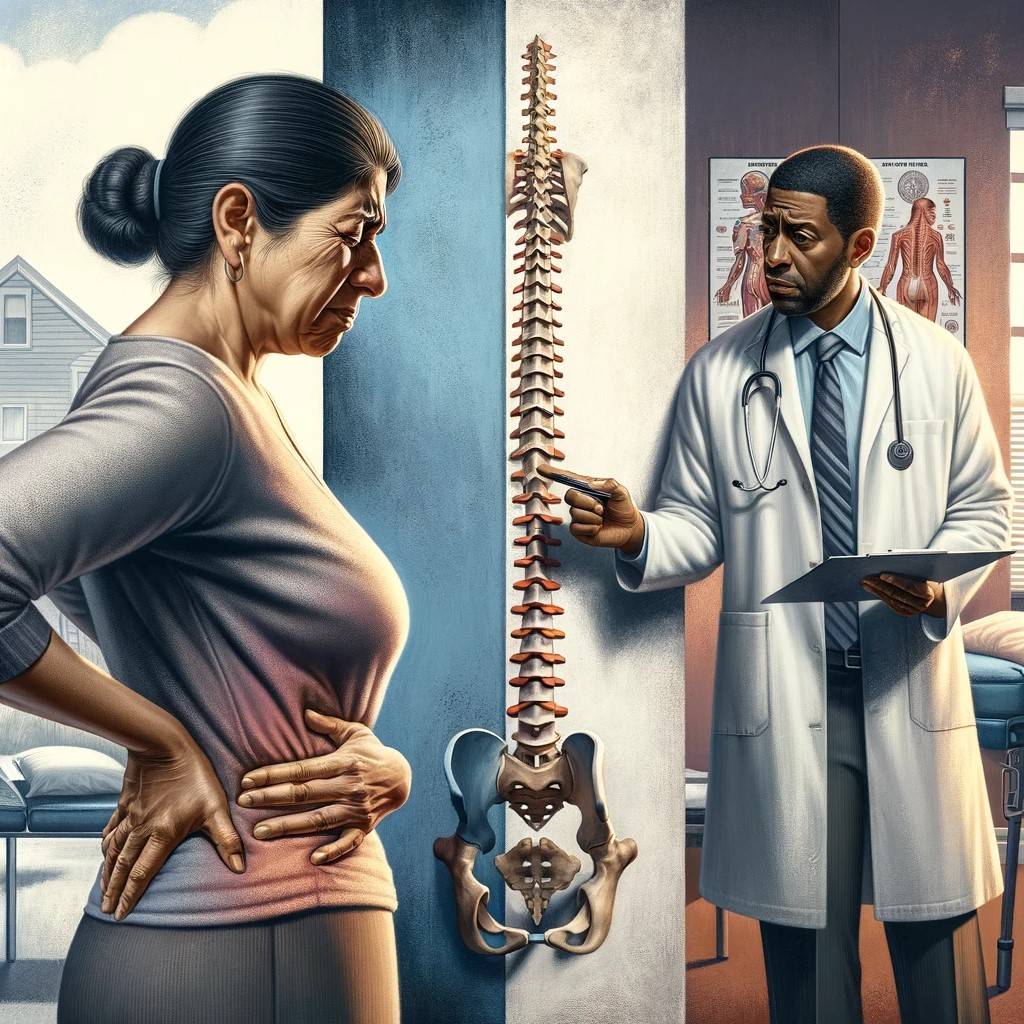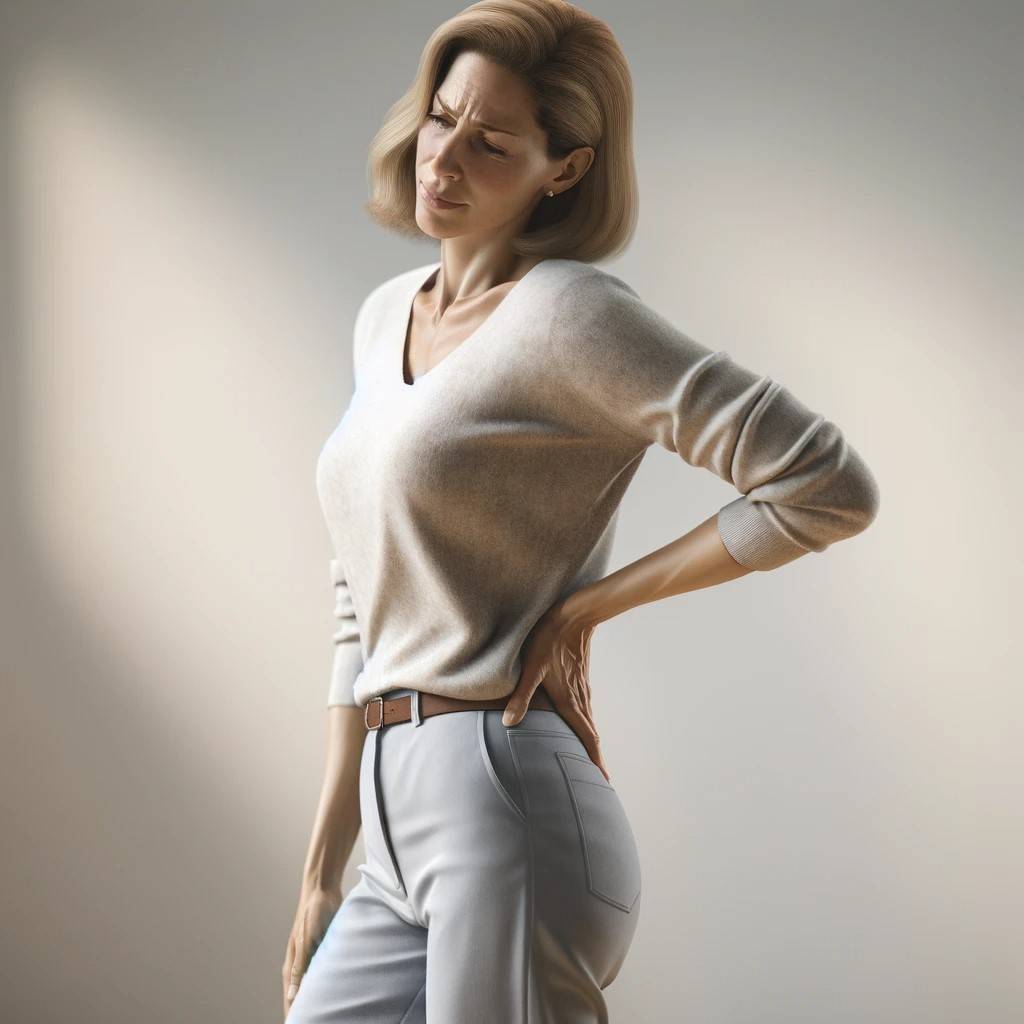Delving Deeper: Unmasking the Root Causes of Lower Back Pain in Females
Explore the comprehensive guide on what causes lower back pain in females. Uncover root causes, symptoms, and effective solutions for lasting relief today.
Key Takeaway Box
| Key Information | Details |
| Main Topic | What Causes Lower Back Pain in Females? |
| Focus | Exploring Root Causes of Lower Back Pain in Females |
| Key Causes | Muscle Strain, Disc Issues, Arthritis, Gynecological Factors, Lifestyle Factors |
| Prevention Tips | Exercise, Proper Posture, Weight Management |
| Treatment Options | Physical Therapy, Medication, Alternative Treatments |
Lower back pain is prevalent among females, affecting daily activities and overall quality of life. This comprehensive article delves deep into the root causes, offering insights into both prevention and treatment.
What Causes Lower Back Pain in Females?
Lower back pain in females can be a bit of a puzzle, but understanding what Causes Lower Back Pain in Females can help manage it effectively. Here are some usual suspects:
Muscle or Ligament Strain: This is a biggie. Strains can occur by lifting heavy objects incorrectly or sudden awkward movements.
Hormonal Changes: Women experience unique hormonal fluctuations, especially during menstruation, pregnancy, or menopause, which can sometimes lead to back pain.
Stress: You might not realize it, but stress can cause your muscles to tense up, leading to pain in the lower back.
Sedentary Lifestyle: With more of us working desk jobs, the lack of movement can contribute to lower back pain.
Poor Sleep Posture: How you sleep can also affect your back. An unsupportive mattress or a poor sleeping position can trigger pain.
Additional Causes of Lower Back Pain in Females
Understanding the various triggers of lower back pain is crucial, especially since women may experience this discomfort for several reasons. Here are five more causes to consider:
Weight Gain: Carrying extra weight, particularly around the midsection, can put additional pressure on the back. This is often a concern during pregnancy but can also be a factor because of general weight gain.
Osteoporosis: This condition, more common in women, especially post-menopause, leads to weakened bones and can result in fractures or spinal issues that cause back pain.
Kidney Problems: Sometimes, what feels like back pain is related to kidney issues, such as kidney stones or infections.
Endometriosis: This is a condition where tissue similar to the lining inside the uterus grows outside of it, often leading to pain in the lower back.
Footwear Choices: Believe it or not, your shoes can affect your back. High heels, for instance, can alter your posture and strain your lower back.
Each of these factors can contribute to back pain in their way. Recognizing them can be the first step in seeking appropriate treatment or making lifestyle adjustments.
Detailed Look of What Causes Lower Back Pain in Females
Exploring each cause helps in understanding and addressing lower back pain effectively.
Hormonal Changes and Menstrual Pain
Hormonal fluctuations can significantly affect health, especially during menstrual cycles and menopause.
Stress and Emotional Factors
Emotional stress can lead to muscle tension, often perceived as back pain.
Posture and Sedentary Lifestyle
Poor posture and prolonged sitting can lead to chronic back issues.
Weight-Related Issues
Excess weight strains the back, leading to discomfort and pain.
Preventive Measures and Lifestyle Adjustments
Prevention is key in managing lower back pain.
Exercise and Physical Activity
Regular exercise strengthens back muscles and improves posture.
Proper Posture and Ergonomics
Maintaining posture, especially while sitting and standing, is essential.
Nutrition and Weight Management
A balanced diet and healthy weight can reduce back strain.
Treatment Options for What Causes Lower Back Pain in Females

Various treatments are available, each tailored to the individual’s needs and the underlying cause of the pain.
Physical Therapy and Exercise
Physical therapy offers a targeted approach to strengthen back muscles and improve flexibility. It’s vital to consult a healthcare professional to get a tailored exercise regimen.
Medication and Pain Management
Medications, both over-the-counter and prescription, can be effective for immediate pain relief. However, long-term use should be discussed with a healthcare professional.
Alternative Treatments
Options like acupuncture, chiropractic care, and massage therapy offer additional pain management methods.
The Impact of Mental Health on Lower Back Pain
Mental health factors, such as stress and depression, can have a significant physical manifestation, including lower back pain. Addressing these underlying issues is essential for holistic treatment.
The Role of Posture in Preventing and Treating Lower Back Pain
Maintaining proper posture is crucial both in preventing and treating lower back pain. Ergonomic adjustments in the workplace and during activities can have a profound impact.
Table: Impact of Lifestyle Changes on Lower Back Pain
| Lifestyle Change | Impact on Lower Back Pain |
| Regular Exercise | Reduces risk, strengthens back muscles |
| Proper Posture | Prevents strain and mitigates existing pain |
| Weight Management | Reduces pressure on the spine and muscles |
The Importance of Early Diagnosis of What Causes Lower Back Pain in Females

Early diagnosis of the cause of lower back pain is crucial for effective treatment. Regular check-ups and prompt attention to symptoms can prevent the progression of underlying conditions.
How to Approach Lower Back Pain in Daily Life
Incorporating simple changes in daily routines can significantly impact managing lower back pain. This includes mindful lifting, regular stretching, and frequent movement breaks during long periods of sitting.
The Role of Technology in Back Pain
Advancements in technology, like ergonomic office equipment and posture-correcting wearables, offer new solutions to prevent and manage lower back pain.
Integrating Holistic Approaches
Combining physical, emotional, and mental health practices, a holistic approach can provide a more comprehensive treatment for lower back pain.
Table: Comparing Traditional and Alternative Treatments
| Treatment Type | Advantages | Considerations |
| Traditional (Medication, Physical Therapy) | Targeted, scientifically proven | It can be costly and may have side effects |
| Alternative (Acupuncture, Chiropractic) | Non-invasive, holistic | Effectiveness varies, not always covered by insurance |
Staying Informed and Proactive
Staying informed about the latest research and treatments for lower back pain, and being proactive in healthy choices, are vital steps in managing and preventing back pain.
Home Remedies for What Causes Lower Back Pain in Females

Dealing with lower back pain can be a real hassle, especially for women who balance so many roles in their daily lives. Luckily, some straightforward home remedies can provide relief. Let’s dive into a few:
Heat Therapy: Sometimes, nothing beats the comfort of a warm compress. Applying heat can relax tense muscles and increase blood flow to the affected area. A warm bath or a heating pad can do wonders.
Gentle Exercises: It might seem counterintuitive, but light exercises like walking or yoga can help. They keep the muscles active and prevent stiffness, a common issue in lower back pain.
Proper Posture: Whether you’re working at a desk or lounging on a couch, maintaining a posture is key. It helps in reducing the strain on your back muscles.
Over-the-Counter Pain Relief: Sometimes, a little help from pain relief creams or oral medications can be beneficial. Just ensure to follow the instructions and consult your doctor if you’re unsure.
Remember, these remedies are for minor discomfort. If your pain persists, it’s best to consult a healthcare professional.
Conclusion
Lower back pain in females is multifaceted, but understanding its root causes paves the way for effective management and prevention. Women can effectively tackle this common health concern by combining lifestyle adjustments, medical treatments, and a holistic approach.
Understanding the causes of lower back pain in females is crucial in finding effective treatment and prevention strategies. By incorporating lifestyle changes, seeking appropriate medical treatment, and addressing mental health, women can significantly reduce the impact of this common issue.
FAQs about What Causes Lower Back Pain in Females
Here are common frequently asked questions about What Causes Lower Back Pain in Females and the best answers for them:
What can cause lower back pain in a woman?
Lower back pain in women can be caused by a range of factors, including muscle or ligament strain, bulging or ruptured discs in the spine, arthritis, osteoporosis, gynecological issues like endometriosis or fibroids, pregnancy, a sedentary lifestyle, poor posture, and stress. It’s important to consider both physical and lifestyle factors.
What are the 3 causes of lower back pain?
Three common causes of lower back pain are:
- Muscle or Ligament Strain: Often because of heavy lifting or sudden movements.
- Arthritis: This leads to joint degeneration and spinal stenosis.
- Disc Problems: Like bulging or herniated discs pressing on nerves.
How can a woman relieve lower back pain?
To relieve lower back pain, women can:
- Engage in regular exercise, especially core strengthening and stretching.
- Practice posture, especially when sitting for long periods.
- Apply heat or cold packs for temporary relief.
- Consult a healthcare provider for specific treatments like physical therapy or medication.
What causes lower back pain in females and no period?
Lower back pain without a period can be caused by stress, hormonal imbalances, or conditions like polycystic ovary syndrome (PCOS). It could also be a sign of early pregnancy. If this symptom persists, it’s advisable to consult a healthcare provider.
How to relieve back pain?
To relieve back pain:
- Rest and avoid activities that worsen the pain.
- Apply heat or cold packs to the affected area.
- Take over-the-counter pain relievers if needed.
- Engage in gentle exercises like walking or yoga.
- Consider seeing a physical therapist for tailored exercises.
Is back pain a period of symptoms?
Yes, back pain can be a symptom of menstruation. Many women experience lower back pain before or during their period because of muscle contractions in the uterus, which can radiate to the back.
How many days before the period does back pain start?
Back pain related to menstrual cycles can start a few days to a week before the onset of the period. This is part of the premenstrual syndrome (PMS) symptoms that some women experience.
What type of back pain is a period?
Period-related back pain is usually a dull, throbbing discomfort located in the lower back. It’s caused by uterine contractions and can vary in intensity.
Where is the period back pain located?
Period back pain is typically located in the lower back region. It can feel like a continuous dull ache and may be accompanied by other menstrual symptoms.



